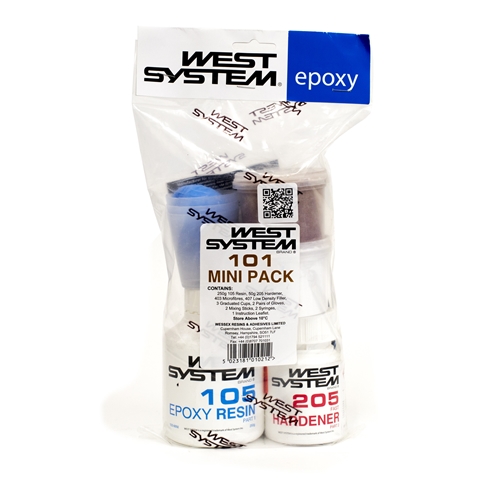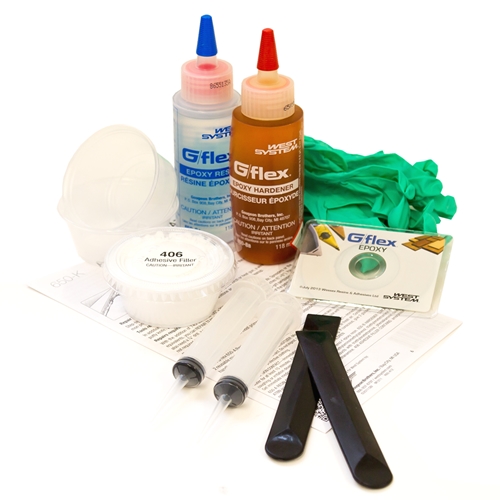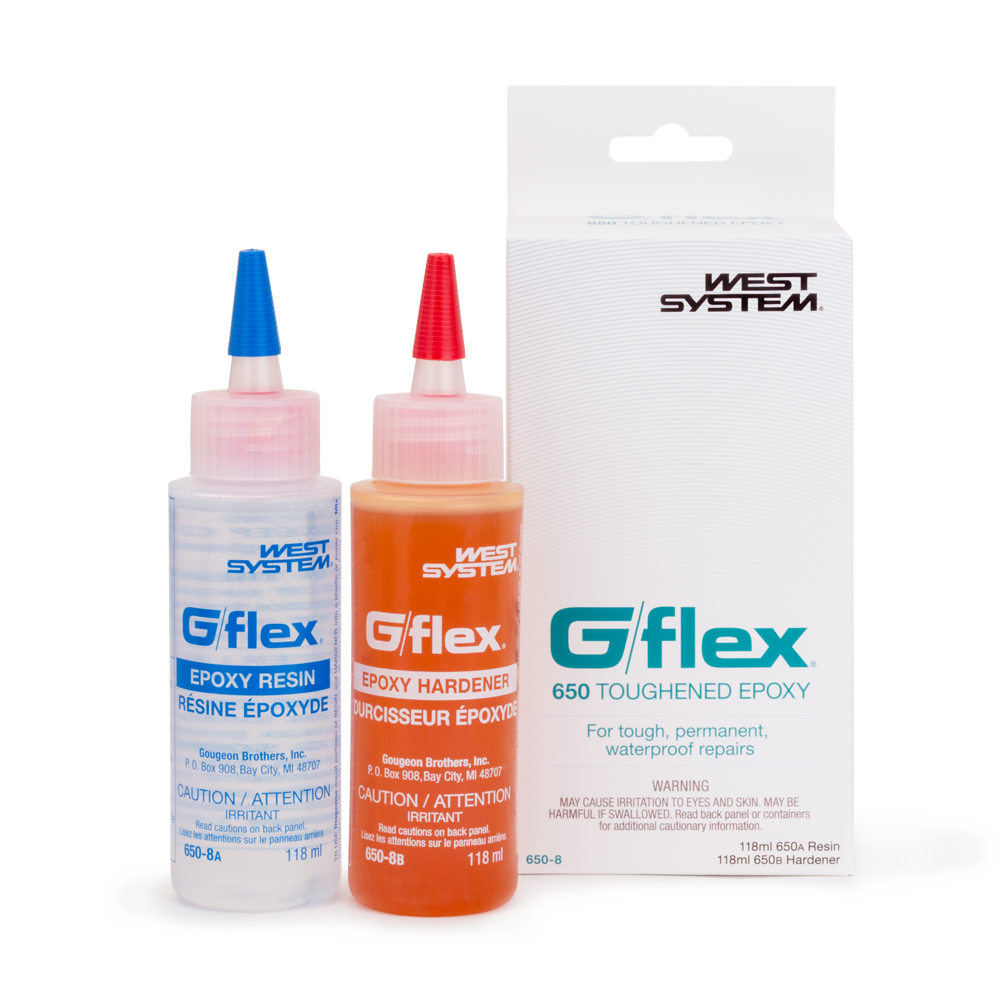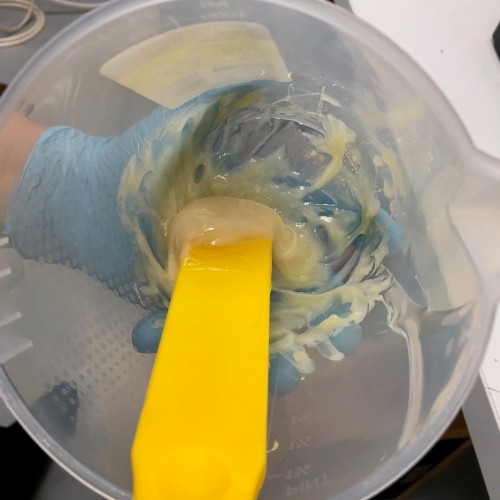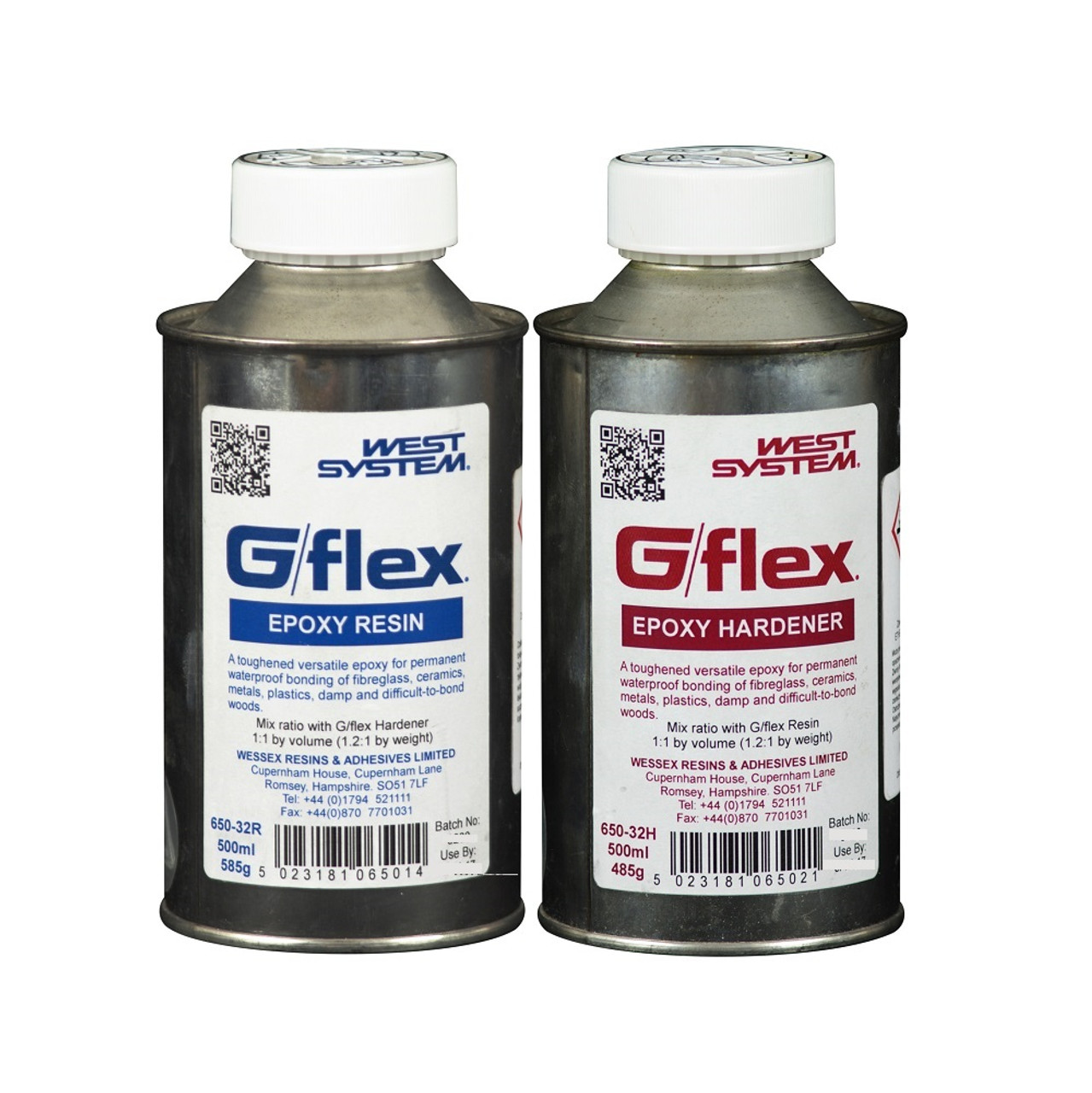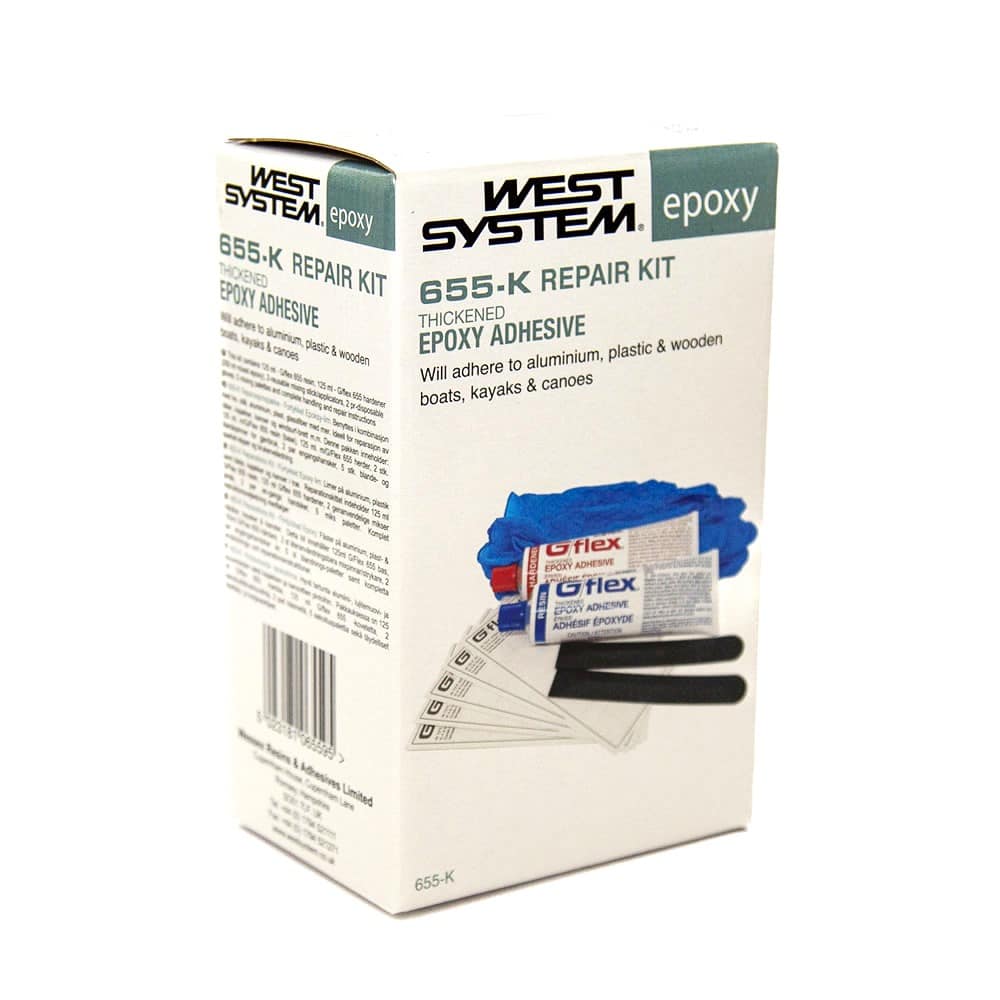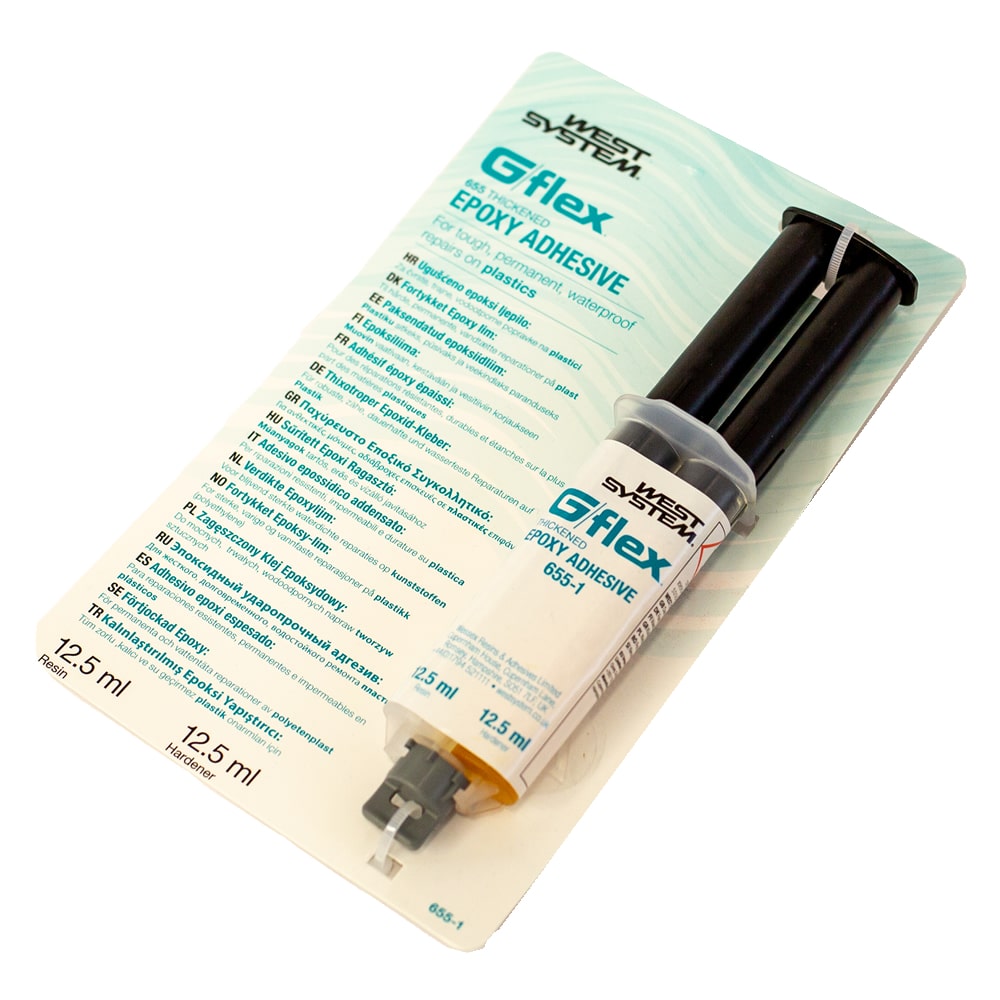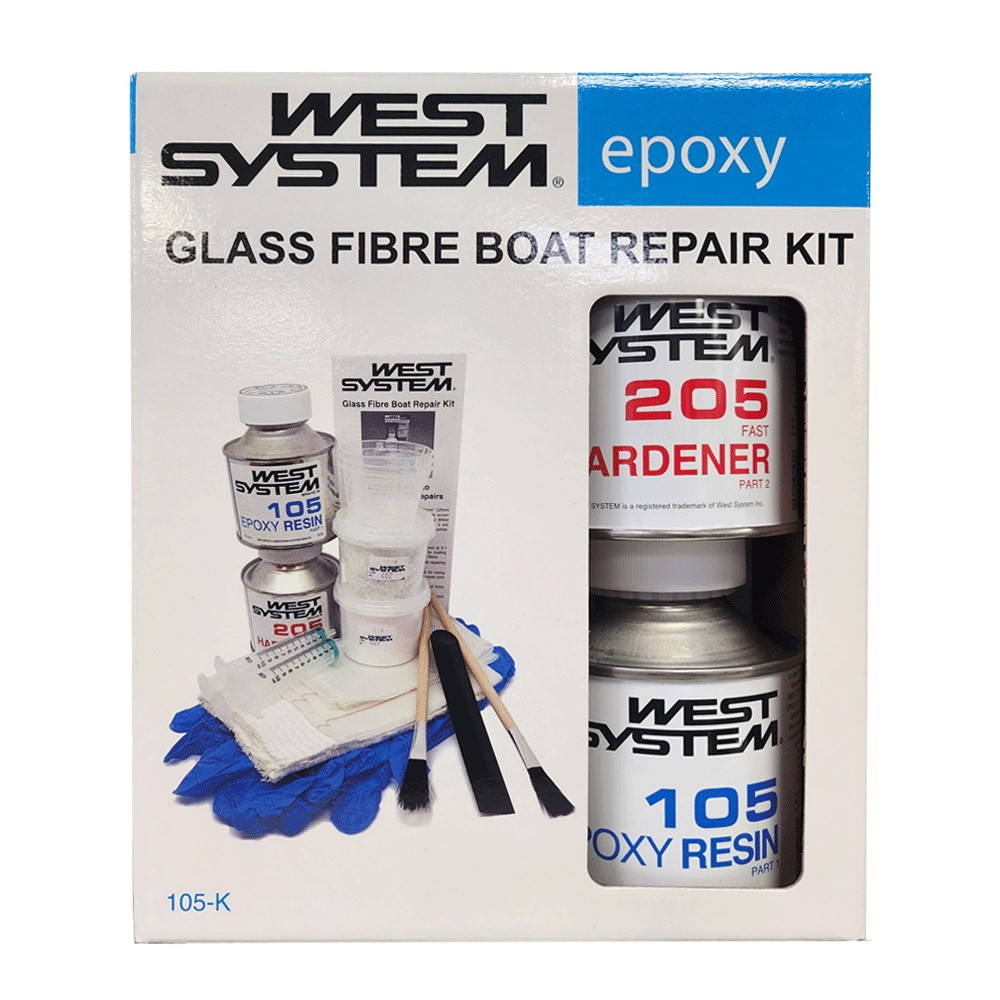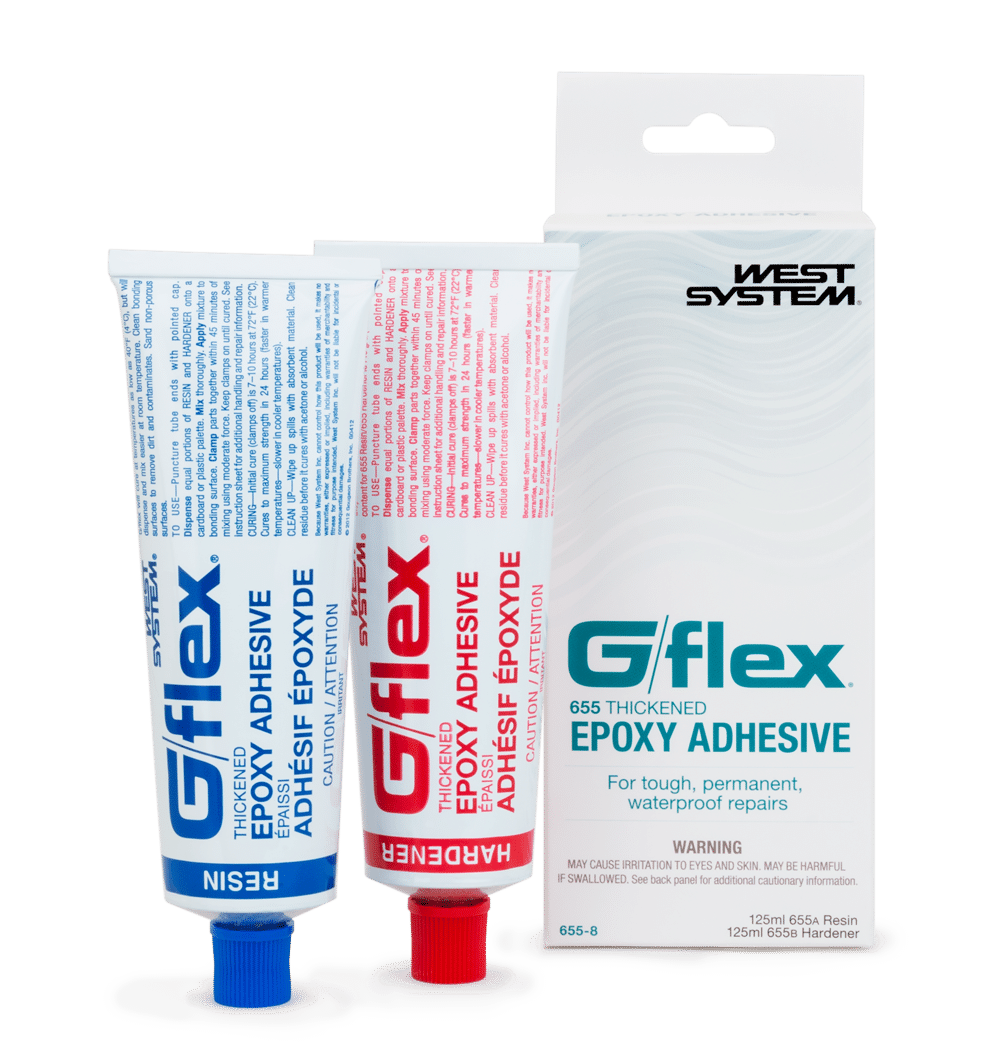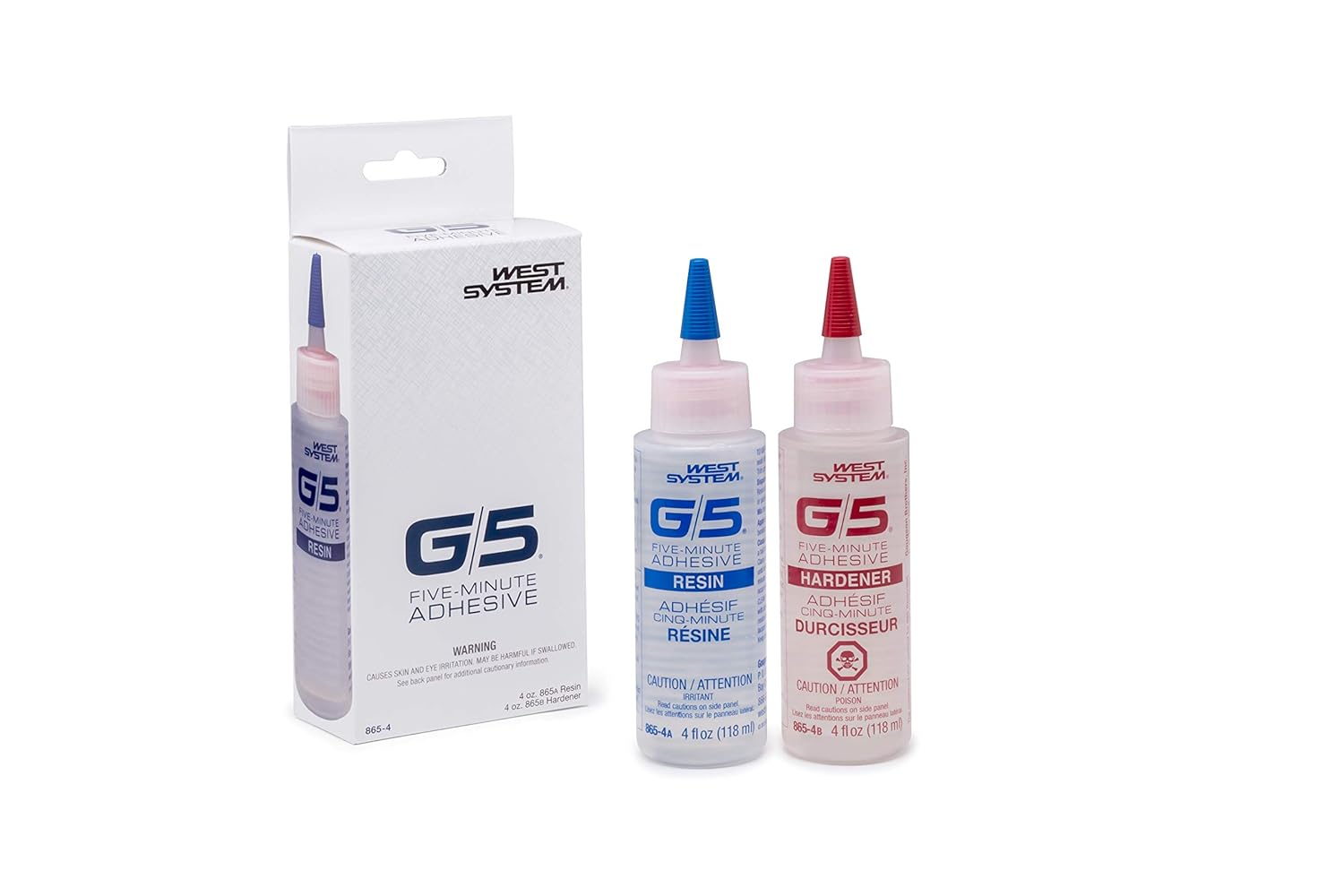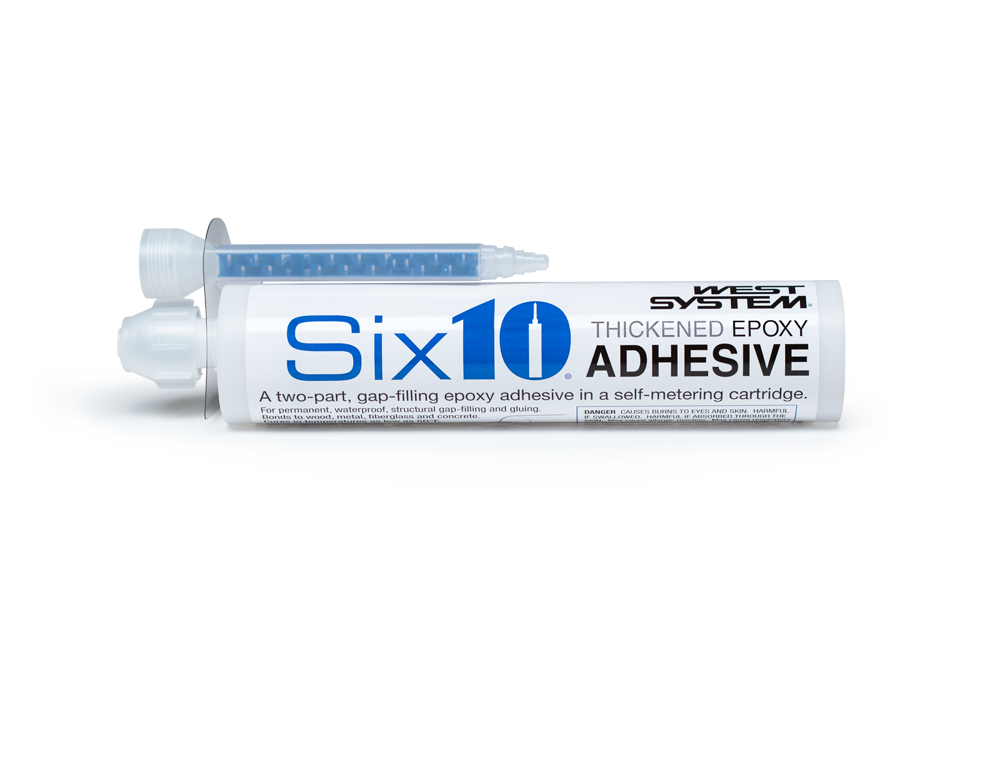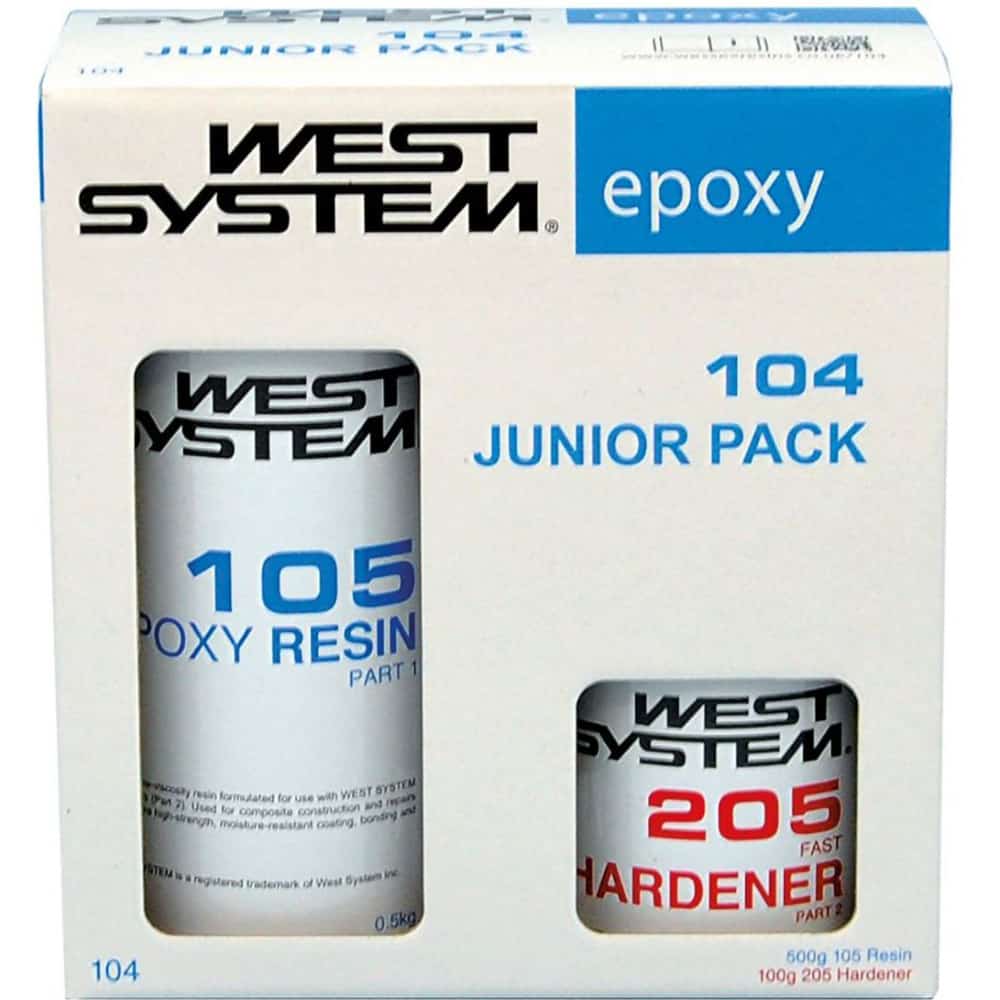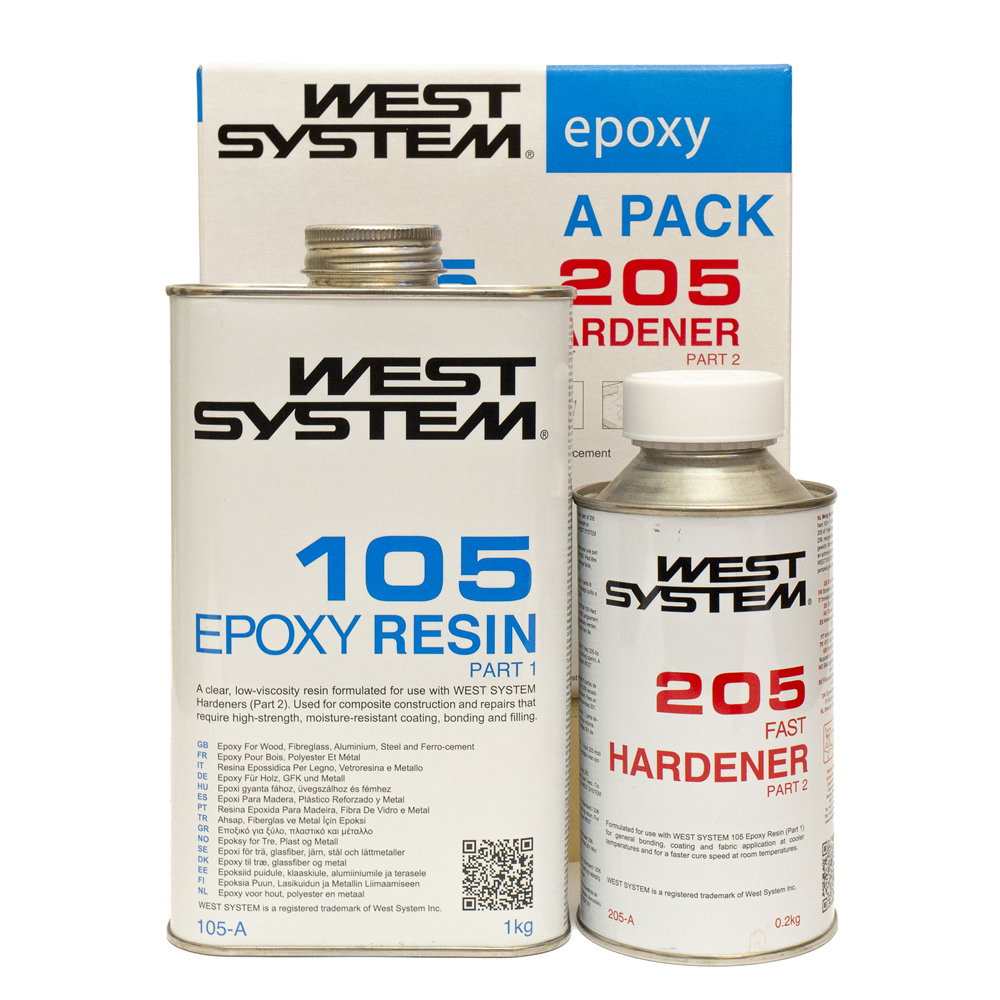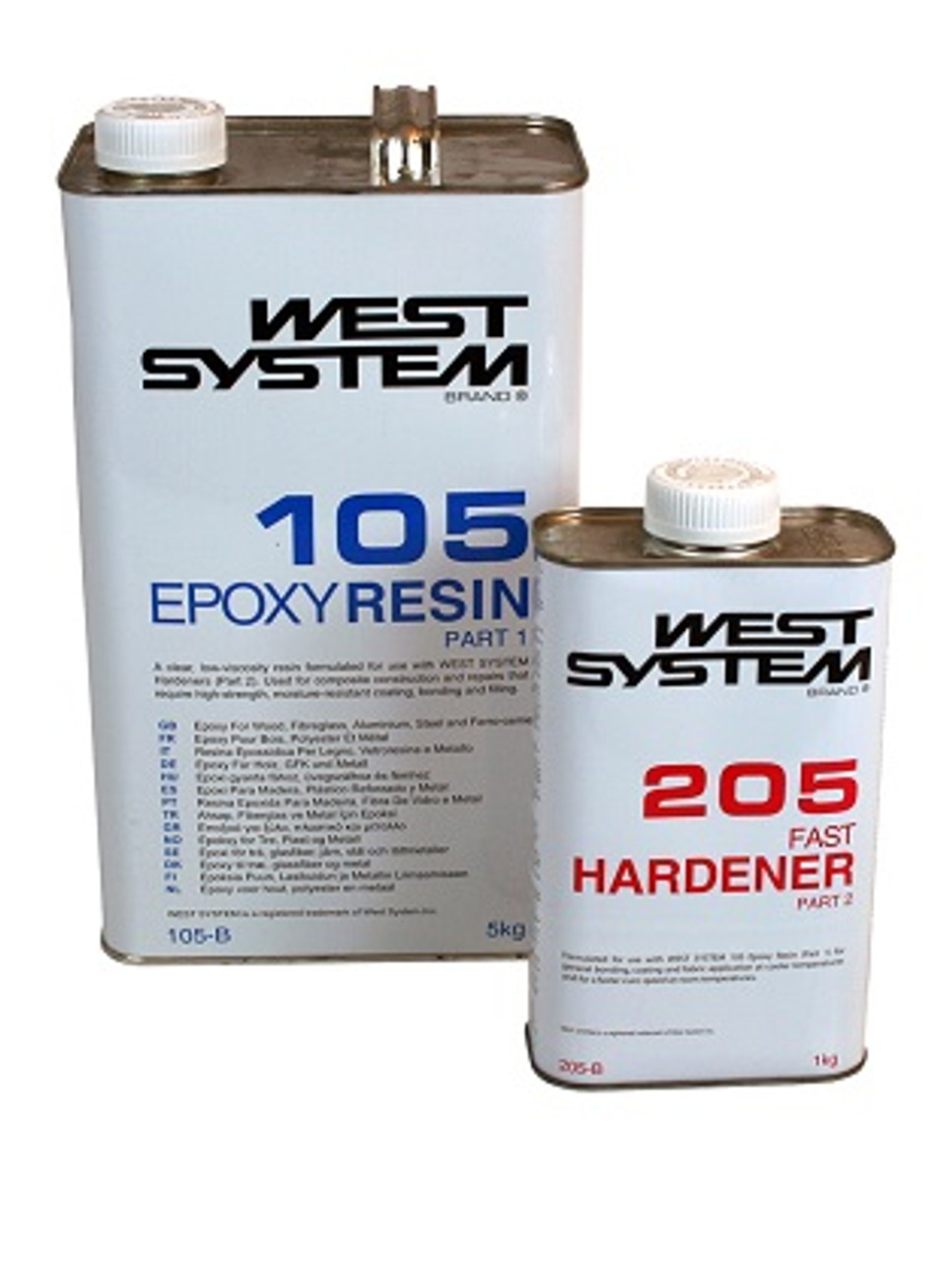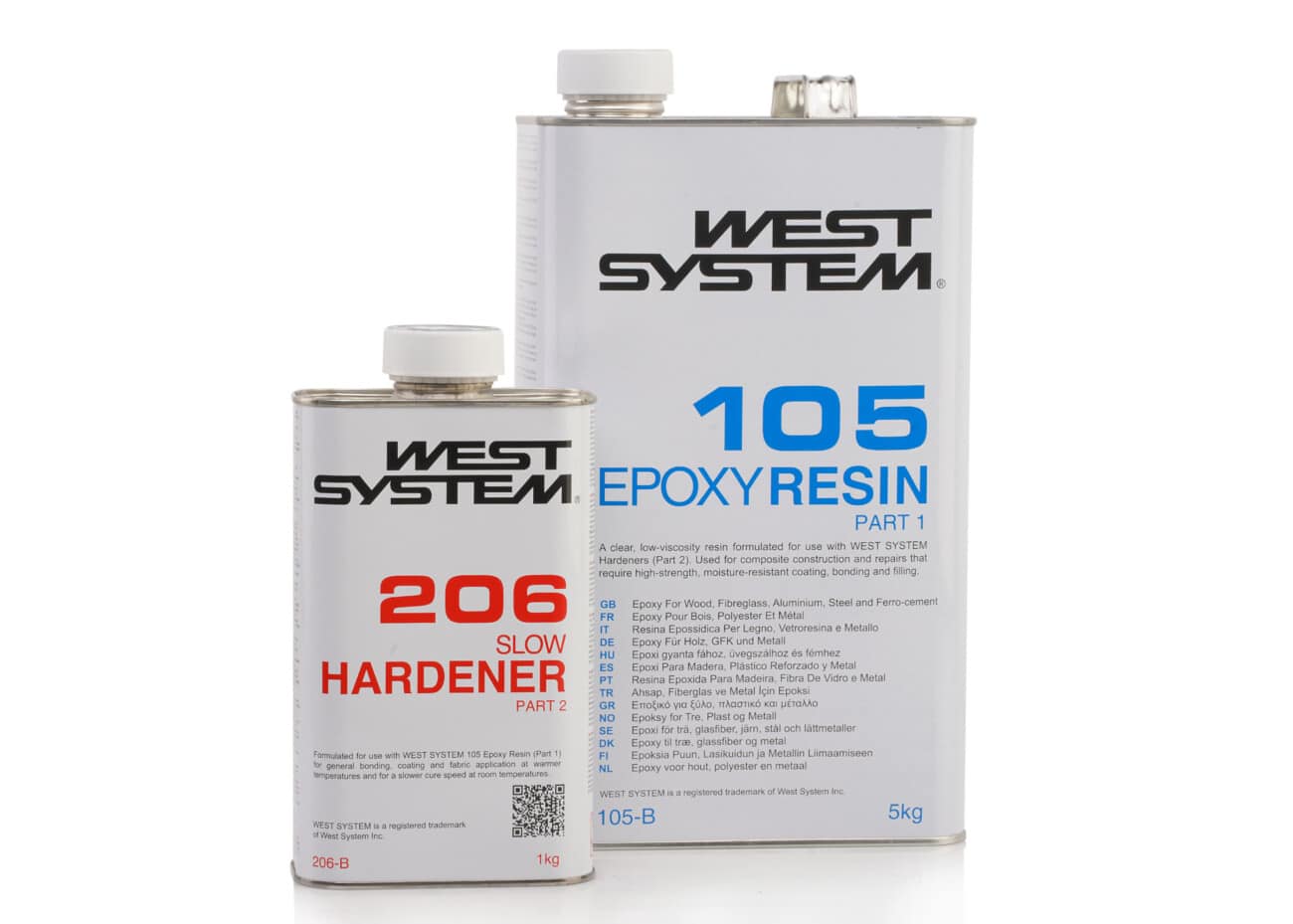Epoxy Resin
Epoxy resins are used for a variety of industrial and art applications. They are a different class of resin chemistry and are generally stronger than other resins, offering superior physical and performance properties including higher heat resistance. Casting resins are used for making impact tooling or fixtures and are also used for encapsulating and potting applications. Laminating resins are used with glass fiber and other reinforcements to create indestructible lightweight parts for composite applications.
Showing 17–32 of 61 results
-
-
-
-
-
-
-
-
-
-
-
-
-
-
€48.82 ex. VAT Add to cart
-
€164.00 ex. VAT Add to cart
-
€164.00 ex. VAT Add to cart
Showing 17–32 of 61 results
GENERAL EPOXY SAFETY GUIDELINES
Preventing overexposure starts with limiting your exposure to hazardous materials.
This means more than using respirators, goggles, and protective clothing. While the following guidelines are geared for an industrial setting, they offer guidance to casual epoxy users as well. Consider the following steps to protect yourself from epoxy or other hazardous materials.
- Step 1—Make informed decisions about the epoxy products you use. Use the least hazardous product that will do the job. Often you can find a product with minimal health hazards that is adequate or even superior for the job. This can reduce or eliminate the hazard source.
- Step 2—Set up a safe shop. Install equipment or use procedures that prevent or reduce exposure. This can include ventilation or specialized storage for hazardous materials. Effective ventilation can range from expensive, high-tech air-filtration and exhaust systems to the basic floor or window fans, and is useful for a wide range of vapors and dust. A dedicated cabinet or isolated area for storing hazardous materials can help reduce exposure.
- Step 3—Wear protective equipment (goggles, safety glasses, gloves, respirators, protective clothing, etc.) appropriate for the job at hand. The recommended minimum for most epoxy users is gloves, eye protection, and protective clothing. Protect yourself from epoxy vapors with the use of respiratory protection, which may include an air-purifying respirator with an organic vapor or multi-contaminate cartridge. The approved respiratory protection against epoxy dust, wood dust, and nuisance dust is a dust/mist mask or respirator with an N95 rating or better.

